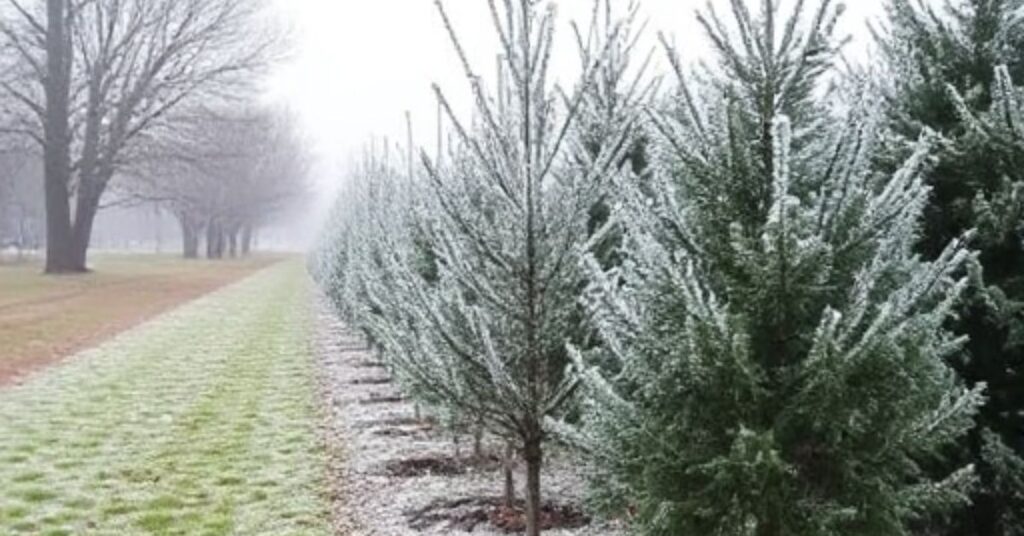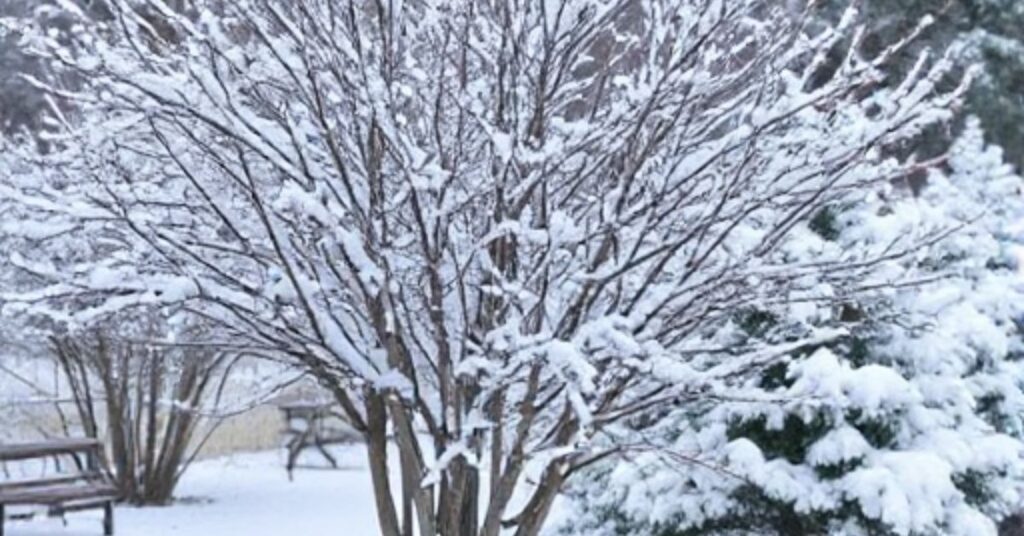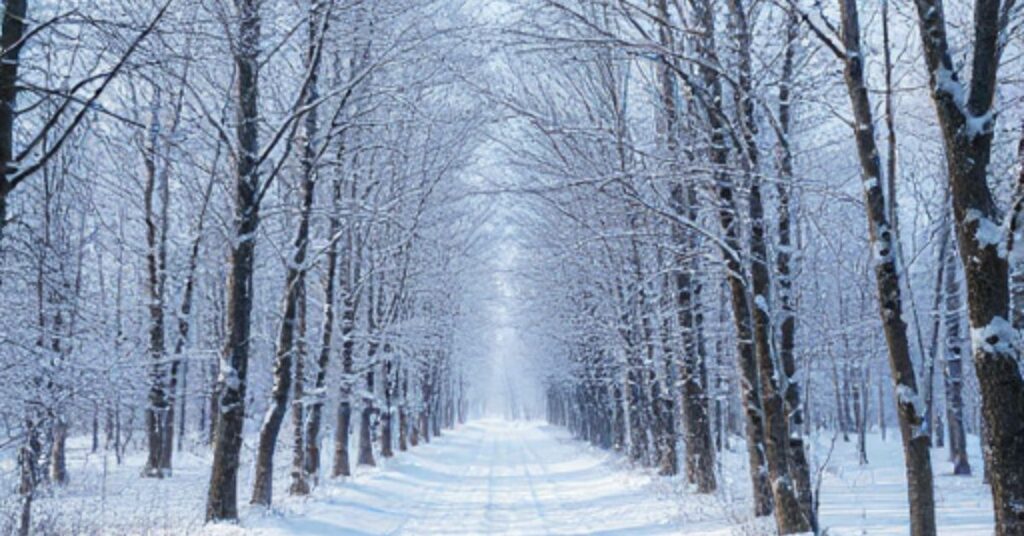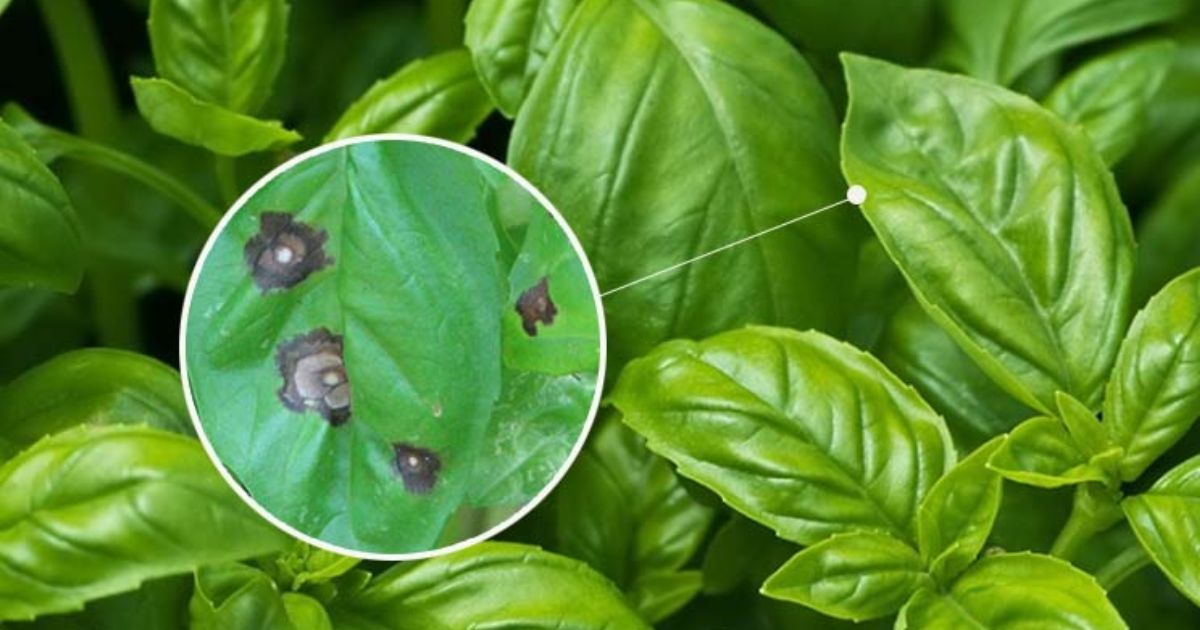For Protect Trees and Shrubs in Winter, can be harsh. but proper care can help them thrive. Start by mulching around the base to retain soil moisture and regulate temperature. Water deeply before the ground freezes to keep roots hydrated. Use burlap or frost cloth to shield delicate plants from freezing winds. For young trees, wrap trunks with tree guards to prevent damage from frost or animals. Avoid pruning in late fall, as this can weaken plants. Lastly, remove heavy snow gently to prevent branches from breaking. These simple steps will ensure your greenery survives winter and flourishes come spring.
Winter’s Impact on Plants
Frost and Freezing Temperatures
Winter frost can be brutal. Water in plant cells freezes at low temperatures. leading to cell damage and even death in some cases. Frost damage is widespread in young trees and shrubs, as their tissues are less developed and more vulnerable.
Dry Winter Winds
Winter winds can dry out trees and shrubs through a process called desiccation. This happens when plants lose water faster than they can absorb from frozen soil. Evergreen trees, Types of Organic Mulch and Their Benefits which retain their leaves year-round, are particularly prone to this issue.
Ice Damage and Snow Load
Branches may break due to weight from heavy snow and ice. Ice storms can also coat trees, making them more susceptible to structural damage. Protecting plants from this harm is vital to their health and appearance.
Wildlife Threats in Winter
As food becomes scarce in winter, deer, rabbits, and rodents may turn to trees and shrubs for sustenance. Bark chewing and branch nibbling can expose your plants to diseases and infections.
How Cold Weather Affects Your Plants

Cold weather can significantly impact your plants, especially during harsh winters. Freezing temperatures can damage plant cells, causing them to rupture and leaving visible signs like blackened or wilted leaves. snow protection for bushes For evergreens, cold winds can dry out foliage, losing moisture even when the ground is frozen, leading to winter burn.Frost is another culprit, forming ice crystals on plants and disrupting their natural water flow. This often results in browning or dying leaves and stems. Roots, being the lifeline of plants, are especially vulnerable. When soil freezes, roots struggle to absorb water and nutrients, weakening the plant.
Snow can either help or harm your plants. While a light layer of snow acts as an insulating blanket, heavy snow can break branches and deform shrubs. Sudden temperature fluctuations, such as a warm spell followed by a freeze, can also confuse plants, causing them to break dormancy early or suffer frost damage.Potted plants and tender species are at the highest risk during cold weather. Without adequate protection, such as moving indoors or cover for trees in winter them with frost cloth, they may not survive. Understanding these effects can help you safeguard your plants during winter.
Plant the Right Varieties for Your Climate
The best way to ensure your trees and shrubs survive winter is to plant species that thrive in your climate. For instance, choose hardy hibiscus instead of tropical hibiscus if frost is common in your area. However, be cautious—garden centers may sell plants unsuitable for your climate. Visit nurseries where trees have overwintered outdoors for better acclimation and reduced transplant shock.Pay attention to plant tags and choose those within your USDA hardiness zone or one to two zones colder to account for your yard’s microclimate. For example, in Bend, Oregon, though officially a zone 6b, certain parts behave more like zone 5. To be safe, only select plants rated for zones 5 or lower to withstand long winters and unpredictable frosts.
Some online nurseries, such as FastGrowingTrees, tree protection for winter allow you to input your zip code for tailored recommendations. Opt for species with a lower temperature range to ensure survival, such as selecting plants for zones 3–6 in a zone 6b area.By planting climate-appropriate varieties, what fruit can boost wetness? you’ll reduce winter covers for shrubs maintenance while ensuring your trees and shrubs thrive, even in extreme weather conditions.
Preparing Trees and Shrubs for Winter
Pruning Before Winter
Pruning is a crucial step in preparing plants for the cold. Remove dead or damaged branches to keep them from shattering when the snow or ice falls on them. However, avoid heavy pruning, as this can stimulate new growth that may not survive freezing temperatures.
Hydration and Mulching
Watering your plants thoroughly before the ground freezes is essential. Moist soil acts as an insulator, protecting the roots from extreme cold. Cover the base of your trees with a heavy layer of mulch. trees and shrubs to regulate soil temperature and retain moisture. Use organic materials like straw, wood chips, or bark for best results.
Wrapping Trees and Shrubs
Wrapping delicate plants with burlap or other protective materials can shield them from harsh winds and frost. Focus on wrapping the base and lower branches, particularly for recently planted shrubs and trees that haven’t yet developed a strong bark.
What is Anti-Desiccant Treatment?
Anti-desiccant treatment is a protective spray that protects plants from losing excessive moisture during harsh conditions, such as winter winds or drought. This treatment forms a thin, wax-like coating over trees and shrubs’ leaves, stems, or needles, reducing water loss through evaporation.It is particularly beneficial for evergreens, Top Tips for Winter Vegetable as they lose moisture even when the ground is frozen, and roots cannot replenish it. Applying an anti-desiccant helps prevent winter burn, browning, and drying out of foliage. It is typically used in late fall and provides a crucial barrier during the coldest months.
How Do Anti-Desiccants Work?
Anti-desiccants create a thin, waxy coating on the needles and leaves of plants, acting as a barrier to reduce moisture loss during winter. This protective film helps shrubs retain moisture and avoid drying out in harsh conditions. Over time, the coating naturally wears off, typically disappearing by spring.Plants that benefit from anti-desiccants include azaleas, boxwoods, rhododendrons, hollies, cedars, cypresses, pines, junipers, roses, and hydrangea stems. To be sure a product is compatible with your plants, always read the label. as not all species respond well to this treatment.
When Should You Apply an Anti-Desiccant?
Anti-desiccants should be applied during mild weather, ideally with temperatures in the 40s or 50s and no rain or snow expected for at least 24 hours. Ensure the plant’s foliage is dry before spraying, and cover both the upper and lower leaves thoroughly for maximum protection.Most experts recommend waiting until December to apply anti-desiccants, The Best Places to Cut Your Own as plants must be fully dormant. Applying too early can harm the plant. winter tree protection If you live in a region with severe winters, a second application in February or March (on warmer days) is often beneficial.
Tips to Prevent Winter Drying of Plants

- Watering: Ensure plants are well-hydrated in late autumn. In mild climates, water them on warm winter days if the soil isn’t frozen.
- Reduce Water Loss: Minimize moisture loss through transpiration, which can damage new spring growth.
- Prevent Sunburn: Wrap trunks in burlap or light-colored corrugated paper to shield plants from the intense winter sun, especially for shrubs pruned in late fall.
- Protect Against Wind Burn: cover trees for winter Use materials like canvas, burlap, pine boughs, or landscaping fabrics to insulate plants from winter winds and heavy snow. Avoid plastic barriers, as they can overheat and harm plants.
By following these practices, you can keep your shrubs and trees healthy throughout winter and ready to thrive in spring.
Conclusion
protecting shrubs in winter during winter is an investment in the health and beauty of your garden. You ensure they thrive year-round by preparing them properly, monitoring them through the season, and giving them care as spring approaches.bushes for winter With a little effort, your greenery can withstand the coldest months and emerge stronger when warmer days return.
FAQ
Why is mulching important in winter?
Mulching insulates the soil, retains moisture, and prevents the roots from freezing during harsh winters.
How do I know if my plant needs winter wrapping?
Plants that are young, delicate, or not native to your area often benefit from winter wrapping.
Are there specific fertilizers for winter preparation?
Yes, use a slow-release fertilizer in late fall to provide nutrients that sustain plants through the winter.
Can evergreen trees survive harsh winters without protection?
While evergreens are resilient, they still benefit from hydration, mulching, and protection from wind to prevent desiccation.
When should I start preparing my garden for winter?
Begin preparations in late fall, before the first frost. This ensures your plants are ready to face the cold.





